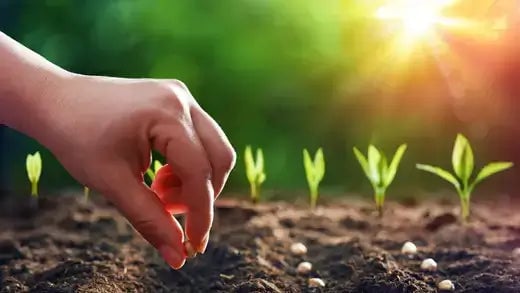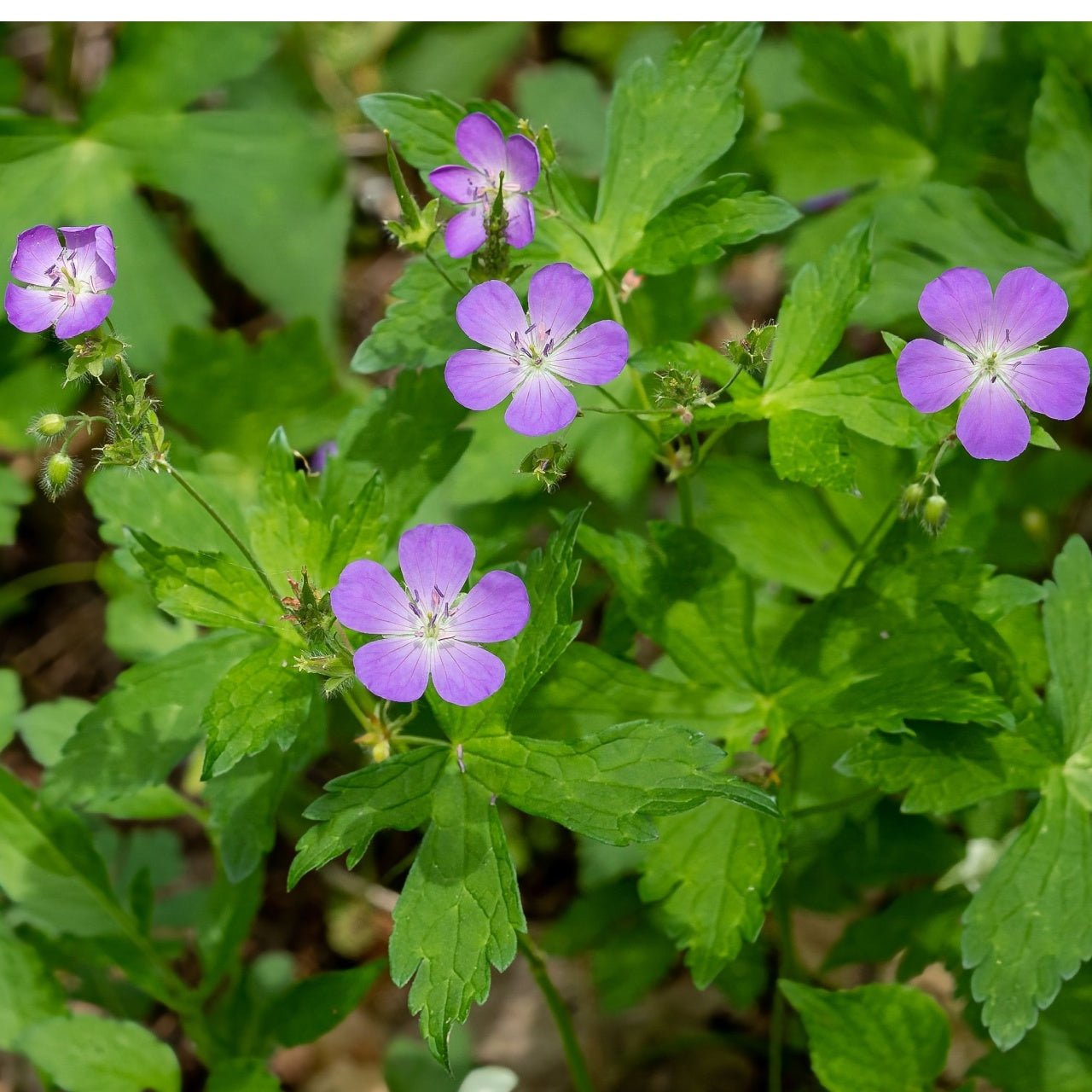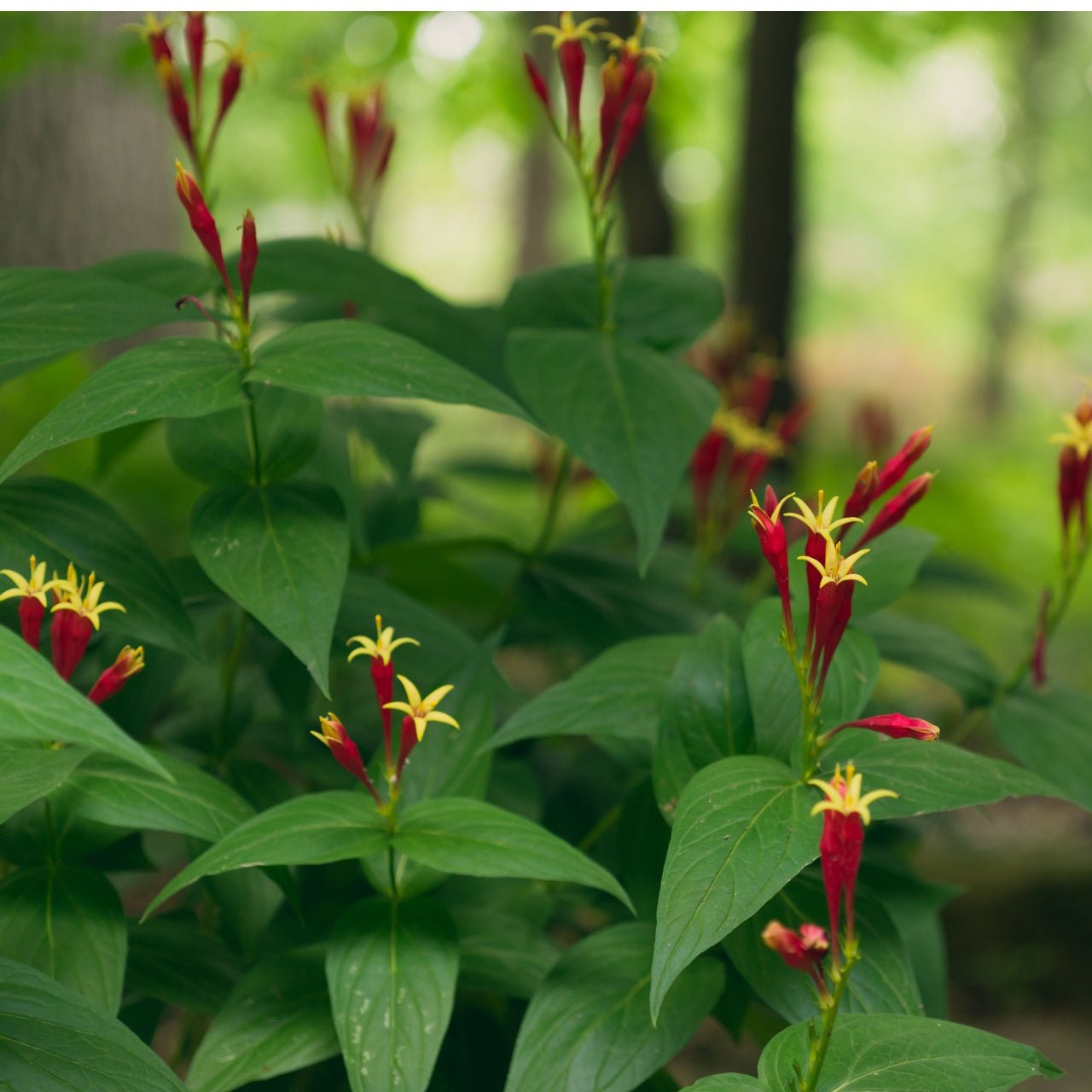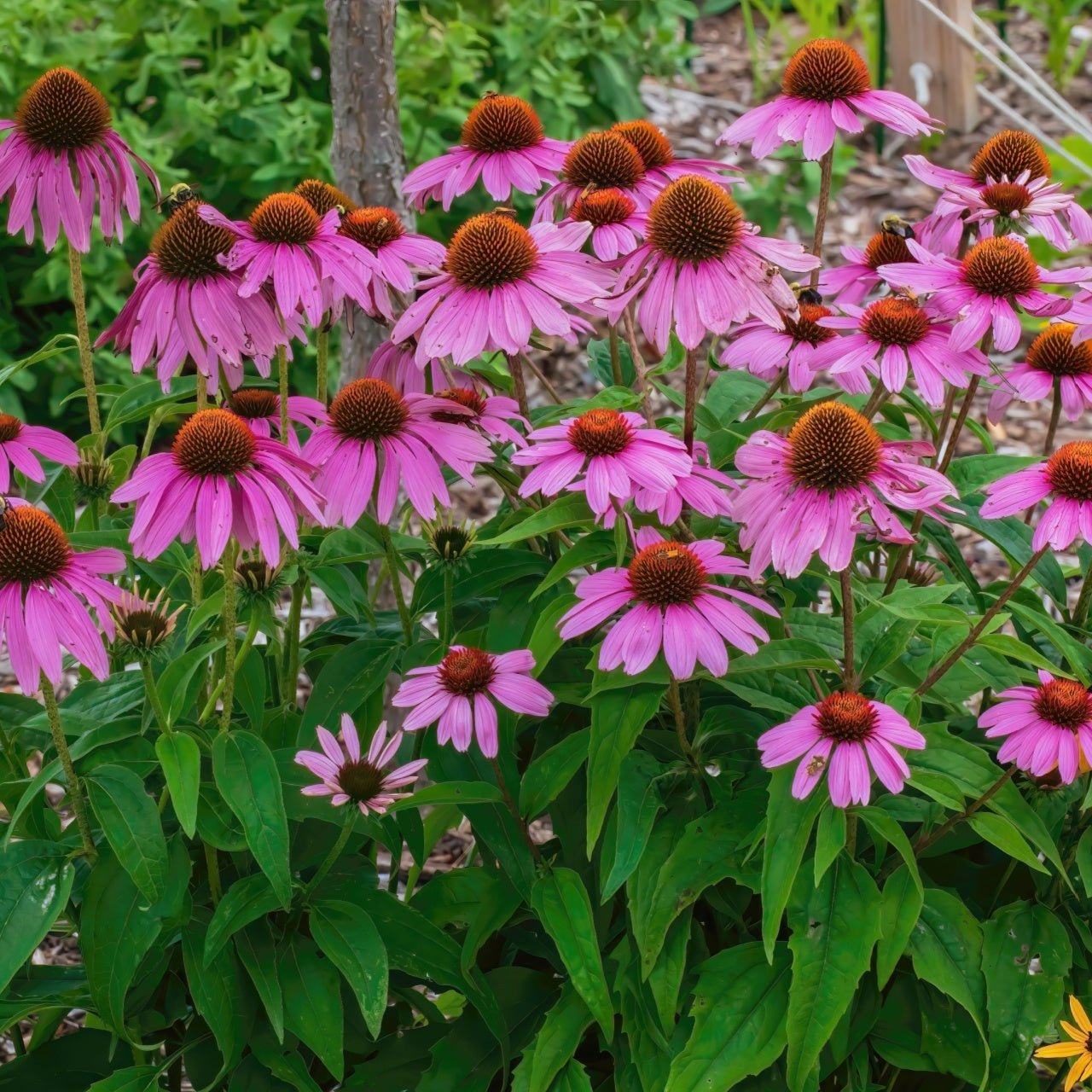Innovative Strategies to Cultivate Beauty Without Overspending
While gardening offers excellent satisfaction, buying plants, soil, tools, and decorative pieces becomes expensive. However, you can grow a thriving garden without spending excessive funds. You can build a beautiful garden full of life using creative solutions and innovative thinking to manage your budget effectively. Discover ten budget-friendly gardening techniques, including selecting inexpensive plants and reusing household materials.
Create new plants at home through propagation to reduce your gardening expenses.
Garden expansion without spending extra money is possible through plant propagation using cuttings, divisions, or seeds. Propagation methods allow you to generate multiple plants from perennials, herbs, and particular shrubs. Native perennials such as wild geranium or bee balm establish roots in moist soil when propagated from stem cuttings, allowing gardeners to multiply their plants without financial investment. The division method works well because plants like Solomon’s seal grow in clusters, which gardeners can separate and transplant into new garden spots. Gardeners save money by storing seeds from annual flowers and vegetables and establishing a continuous growth cycle for each season.
Choose Perennials Over Annuals for Long-Term Savings
Annual flowers brighten gardens with vibrant colors, but they need annual replanting, increasing gardening expenses. Because perennials come back each year, they represent a more economical option over time. Indian pink, Virginia bluebells, and blue-eyed grass are native perennials that thrive in local weather conditions and need minimal care once they become established. Gardeners who choose perennials can experience yearly blooms without spending money on new plants each season. Many perennial plants naturally self-seed to increase their presence in the garden without requiring extra work.
Although soil amendments alongside fertilizers present high costs to gardeners, composting is an affordable yet effective solution. Nutrient-packed compost develops from kitchen scraps, including vegetable peels, coffee grounds, and eggshells, improving soil health. Grass clippings and leaves from your yard are suitable materials to add to your compost pile. As organic matter breaks down through time, it enhances soil structure while retaining moisture, reducing the necessity for chemical fertilizers. Composting saves money while reducing household waste, making this gardening method better for the environment.
Make Your Mulch from Natural Materials
Mulch performs essential functions in moisture conservation and weed suppression while improving soil quality, yet buying it in bags costs gardeners a lot. Gardeners should build their mulch from natural resources such as shredded leaves alongside grass clippings and wood chips without any cost. Fallen leaves around plants work as excellent mulch because they decompose slowly, adding organic matter to the soil. Grass clippings function well as mulch but must be spread thinly to avoid forming a mat. Chipped tree trimmings create an eco-friendly mulch substitute for store-bought products.
Attending plant swaps can help gardeners expand their collections without buying new plants. Both online and physical gardening groups organize plant exchange events, where members trade additional seedlings and plant divisions with each other. Gardeners save money by participating in plant swaps while discovering new plant varieties. People who have mature gardens usually have plants that require dividing, and they often give away their surplus plants. Gardeners who participate in plant exchanges can obtain various flowers, herbs, and vegetables without spending money.
Use Household Items as Budget-Friendly Garden Containers
Although purchasing garden containers can be expensive, many everyday household items can be turned into unique planters. Flowers, herbs, and small vegetables can thrive in unconventional planters such as old buckets, wooden crates, and worn-out boots. Applying basic paint or creative decorations turns ordinary objects into beautiful garden features. People can use more oversized objects like bathtubs and wheelbarrows to create elevated garden beds. Gardeners who utilize materials that would typically end up in the trash line their outdoor spaces with unique character while saving money.
Make Your Garden Tools and Supports
Gardeners who invest in high-quality tools can make essential items with available materials. Stakes made from wood bam, boo, and fallen tree branches can be used as supports and trellises for growing climbing vegetables and flowers. Gardeners can keep pests away from garden beds by repurposing old kitchen utensils like forks and spoons. Leftover wood scraps and repurposed metal rods can become functional stakes or row markers for gardening. Gardeners save money through creative material reuse while maintaining garden functionality.
Implement rainwater collection methods to decrease your water expenses.
Garden watering methods that use regular tap water raise utility bills, but rainwater collection offers a sustainable and economical alternative. Positioning a basic rain barrel beneath a downspout captures water that can serve as irrigation water. Gardeners can store rainwater during dry spells using repurposed containers like big buckets and storage bins. Rainwater collection reduces reliance on city water supplies while preserving essential natural resources. Gardeners who use recycled materials such as plastic bottles or hoses to create drip irrigation systems can achieve maximum efficiency by combining them with rainwater harvesting.
Grow Food from Kitchen Scraps
Kitchen scraps can regenerate into vegetables, providing additional value from grocery shopping. When placed in water or soil, green onions, lettuce, and celery shoots will grow again, and potatoes can regenerate new growth. You can plant garlic cloves into garden soil to grow fresh garlic bulbs. Gardeners can expand their herb gardens without buying new plants because basil and mint can be propagated from stem cuttings. Kitchen scraps allow gardeners to create fresh food at home, which helps them cut down on waste and grocery bills.
Embrace Native and Low-Maintenance Plants
Growing native plants reduces gardening expenses since they need less water and fertilizer and demand fewer maintenance steps than foreign varieties. Wild columbine, purple coneflower, and blue lobelia thrive when grown in their native environment and draw in helpful pollinating insects. These plants thrive because they have evolved alongside the regional climate, which makes them stronger and reduces their need for expensive soil treatments or pest control solutions. Many native plants possess natural defenses against diseases and pests, lowering the need for chemical treatments. Gardeners who choose low-maintenance plants that last longer can save time and money while creating sustainable garden environments.
Budget-conscious gardening allows for beautiful and productive gardens without financial sacrifice. Any gardener who implements cost-saving practices will produce a flourishing garden space without spending too much money. A flourishing garden can grow in various ways, such as propagation and composting or using rainwater collection and native plants, which helps maintain low expenses. Creative methods mixed with resourcefulness keep gardening fun and maintainable for many years.
Read more
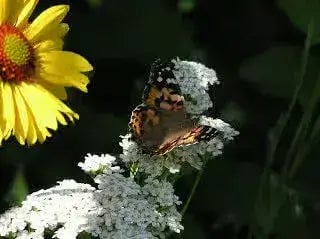
Growing Native Plants In Your Home GardenNative plants are the naturally occurring species that can be found in a given area.Because of increased urbanization, most native plants, trees, birds, and...

With a touch of patience and a whole lot of love, you'll cultivate roses that make the neighbors stop and admire. So, put on your gardening gloves, bless that soil, and get to planting! Roses can b...


